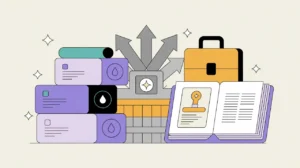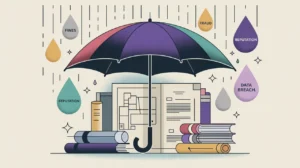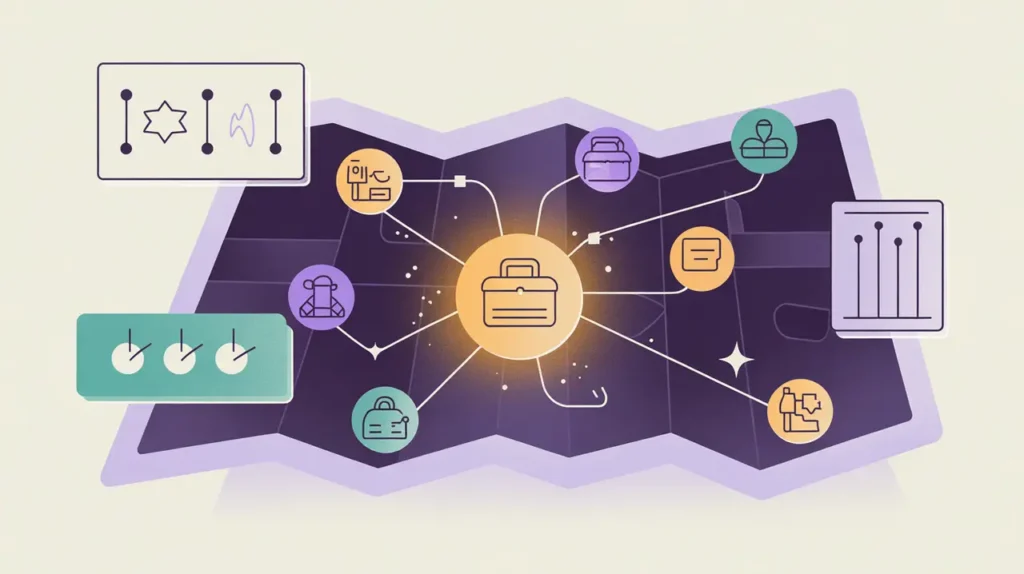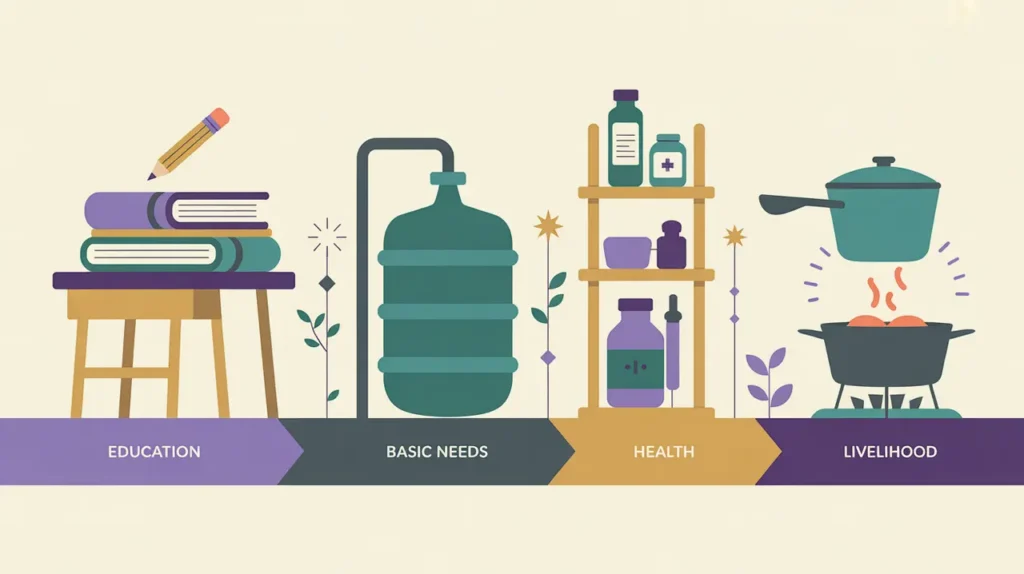What Does Solution Development & Testing Involve?
Solution development and testing is the stage where prototypes are refined into working models that can be piloted and evaluated. It focuses on making ideas durable, functional, and adaptable to real-world conditions. Testing ensures that solutions do not just look promising, but perform reliably in context.
In practice, development means selecting materials, building systems, or structuring services in ways that can be scaled. Testing involves stress-testing under realistic conditions, gathering performance data, and identifying weaknesses. This can include usability trials, field simulations, or pilot implementations in small communities. The aim is to iterate until the solution is strong enough for broader deployment without losing sight of user needs and constraints.
Organizations that skip rigorous testing risk rolling out solutions that fail in the field. By contrast, careful development and structured testing increase confidence, attract funders, and reduce the risk of costly rework at scale.
What Competencies are Associated with this Role?
Development and testing require rigor, iteration, and problem-solving. Competencies include:
- Translating prototypes into working models
- Selecting appropriate materials, systems, or processes
- Designing and executing usability tests
- Coordinating controlled pilots and simulations
- Collecting and analyzing performance data
- Identifying technical or contextual weaknesses
- Iterating designs based on test outcomes
- Documenting development cycles and lessons learned
- Balancing cost, scalability, and durability
- Collaborating with cross-functional teams on refinement
How Might AI and Automation Help this Role?
AI and automation can reduce testing costs and accelerate iteration. Opportunities include:
- Automated performance testing in simulated environments
- Predictive analytics for identifying solution weaknesses
- AI-powered digital twins to model real-world scenarios
- Automated collection and cleaning of field test data
- Generative AI for producing iteration reports
- Simulation engines to forecast durability or cost efficiency
- Natural language processing of user feedback from pilots
- AI-assisted decision-making for go/no-go testing milestones
What are the Roles by Experience Level?
Roles in development and testing progress from hands-on trial support to oversight of innovation systems:
- Entry: Testing Assistant, Development Technician – prepare test setups, collect basic data, document results
- Mid: Solution Developer, Field Testing Officer – refine models, conduct trials, analyze performance
- Senior: Development Manager, Testing Lead – design testing protocols, oversee pilots, manage iteration cycles
- Executive: Director of Innovation, Chief Solution Officer – integrate testing into organizational strategy, secure resources for scaling
How Transferable are the Skills from this Role?
Development and testing skills transfer across nonprofit innovation, engineering, product development, and quality assurance. Within nonprofits, they prepare staff for roles in program innovation, MEL, or operations. Outside nonprofits, they align with R&D, prototyping, and technical design in the private sector. These skills cultivate rigor, adaptability, and systems thinking. They are valuable in any field where solutions must prove their effectiveness under real-world conditions.







